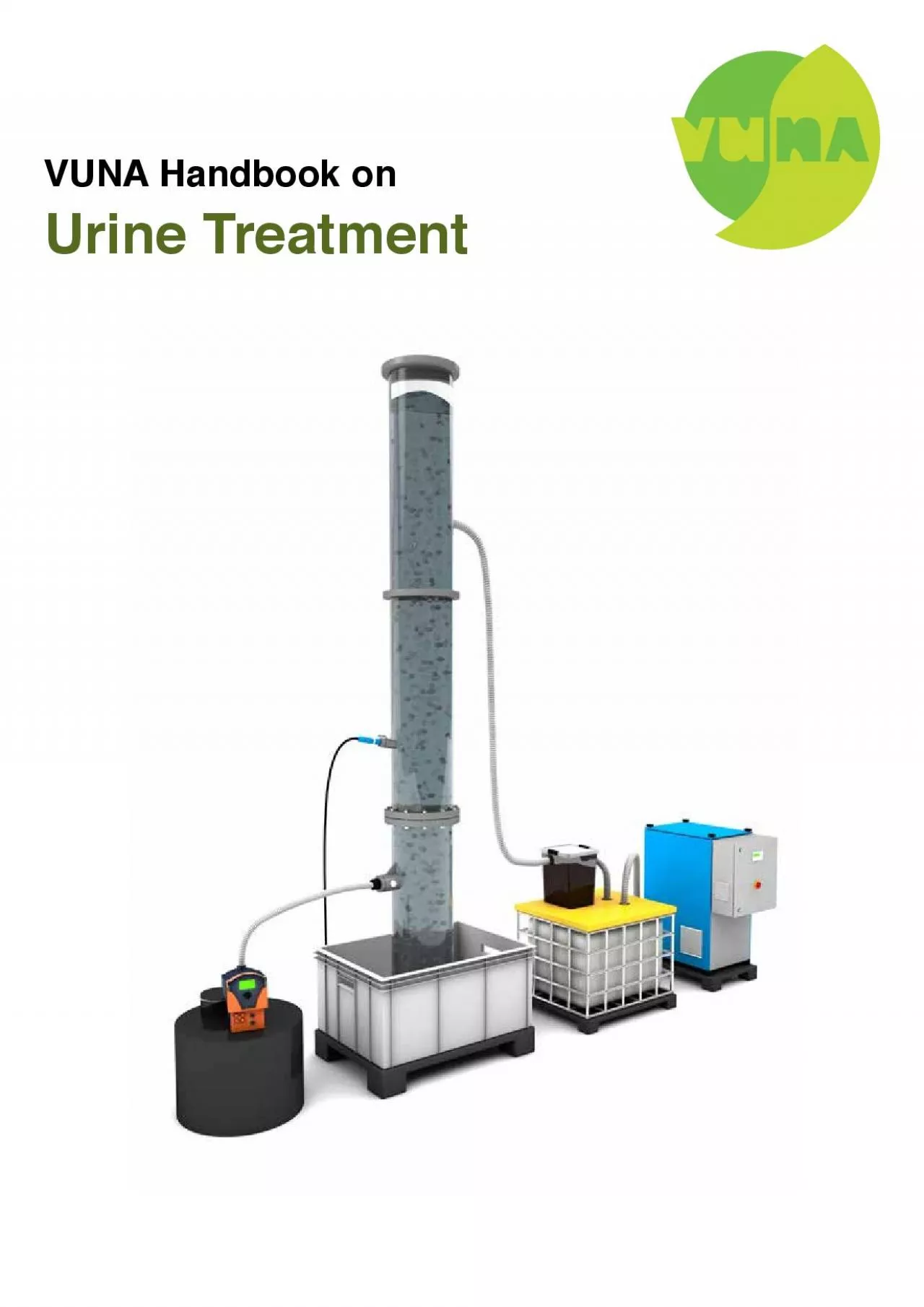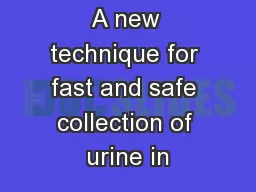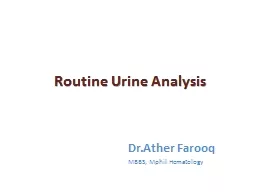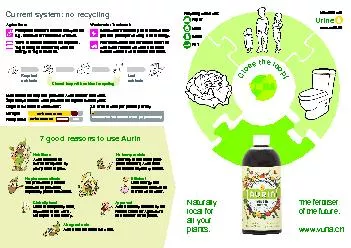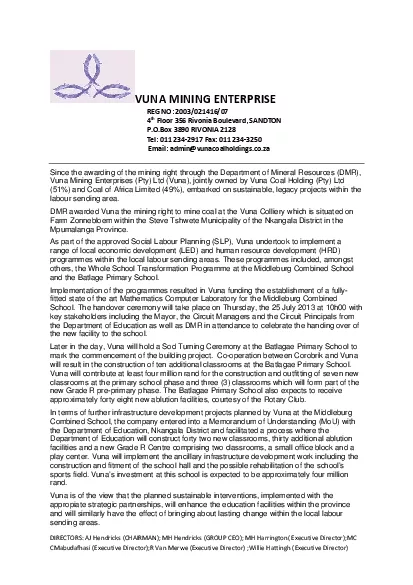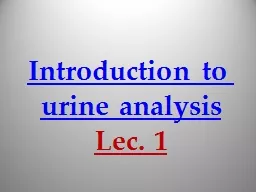PDF-VUNA Handbook on Urine Treatment
Author : eddey | Published Date : 2021-06-15
2 VersionThe VUNA Project was carried out by 3 VUNA 150 Urine Treatment ProcessesTable of Contents in urine This process developed as a pilot in the VUNA Project
Presentation Embed Code
Download Presentation
Download Presentation The PPT/PDF document "VUNA Handbook on Urine Treatment" is the property of its rightful owner. Permission is granted to download and print the materials on this website for personal, non-commercial use only, and to display it on your personal computer provided you do not modify the materials and that you retain all copyright notices contained in the materials. By downloading content from our website, you accept the terms of this agreement.
VUNA Handbook on Urine Treatment: Transcript
Download Rules Of Document
"VUNA Handbook on Urine Treatment"The content belongs to its owner. You may download and print it for personal use, without modification, and keep all copyright notices. By downloading, you agree to these terms.
Related Documents

